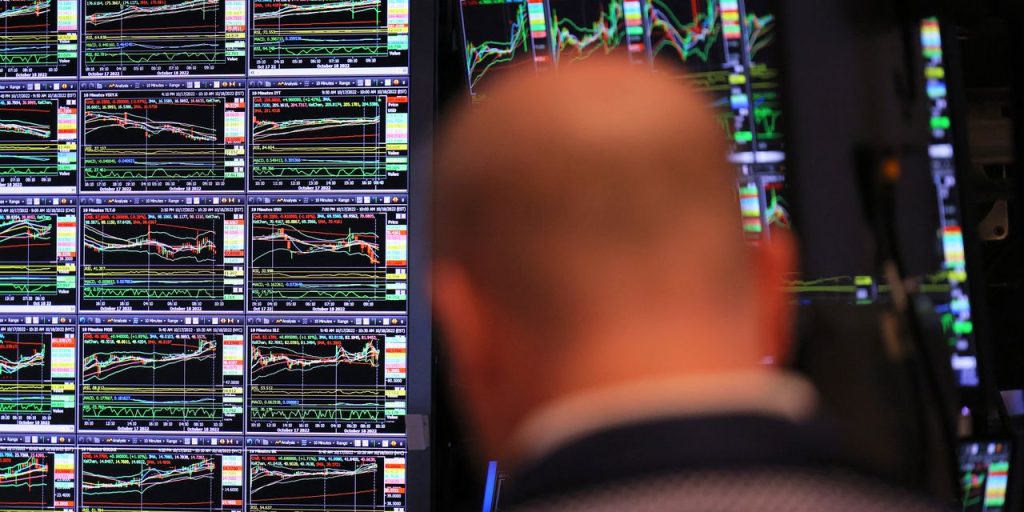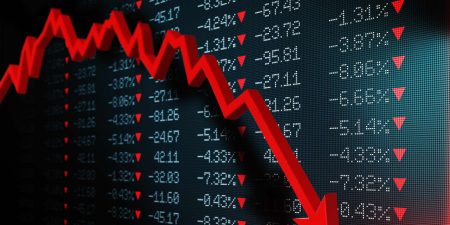When do three and 10 add up to 18? In 2023’s rally.
As of Thursday’s close, the
S&P 500
had climbed just over 18% since the start of the year, nearly reversing 2022’s brutal bear decline of 19.4%. Yet despite all the differences in the market this year and last, one thing is the same: The S&P 500’s performance hinged on just a handful of days.
At this point, plenty of investors are aware that Big Tech stocks have done almost all the heavy lifting in terms of the market’s 2023 gains. While that bullishness has finally started to spill over into other stocks, many are worried that the market’s momentum continues to be fragile, as it’s carried on the back of a narrow group of winners.
Tesla
(ticker: TSLA),
Nvidia
(NVDA),
Meta Platforms
(META),
Apple
(AAPL),
Microsoft
(MSFT),
Alphabet
(GOOGL), and
Amazon.com
(AMZN) are the seven tech giants.
Yet this year’s rally not only depends on a few big winners, but a fraction of trading days. As DataTrek Research co-founder Nicholas Colas writes, out of 137 trading days in 2023, the S&P 500’s double-digit gain comes down to just 10 days, when bullishness was driven by three main themes.
The 10 best trading days of 2023 have delivered a total price return of 17.4%, or 96% of the S&P 500’s year-to-date gains, Colas notes.
In fact, the line between boom and bust is similarly slim when looking at those 137 days as a whole: 74 have been up days for the S&P 500, versus 63 down. That means there have been just 11 more up days than down this year, and the price return for those 11 best days, equal 18.8%—more than this year’s total gains.
Nor is that an anomaly: Last year’s bear-market losses were attributable to just five trading days, which “were a microcosm of the year as a whole, capturing the market’s worries about rising prices, the Fed’s unpredictable attempts to rein them in, and the difficulty in predicting near-term corporate profits.”
Viewed through that lens, investors only really need five to 10 more up days than down in the remaining 113 trading days to keep the rally going, Colas argues.
So far, the 10 big bull days have come via three catalysts: Proof that the U.S. labor market is resilient in the face of cooling inflation, Big Tech earnings beats, and the combined public- and private-sector responses that quashed the March banking crisis.
That said, the market certainly has gotten a lot of mileage out of these positive readings, meaning they may be mostly priced in at this point. That has left some to argue that we need new reasons to keep pushing higher, be it better-than-expected earnings or more enthusiasm about artificial intelligence.
Colas agrees. He notes that in order for the S&P 500 to notch a few more “best days” in the second half of the year, we’ll need Big Tech to keep reporting blockbuster results: Not only do they account for nearly 40% of the index, but it could breathe new life into AI optimism. The Federal Reserve could also do its part, as investors would “almost certainly” rejoice whenever the central bank finally “signals it is happy with the pace of declining inflation.”
Still, he concludes that those waiting for it to all fall apart may be too gloomy in light of the facts. “The year’s market internals—slightly more up days than down—fit the classic definition of a bull or at least bull ‘ish’ market.”
And so far that’s been good enough.
Write to Teresa Rivas at [email protected]
Read the full article here















